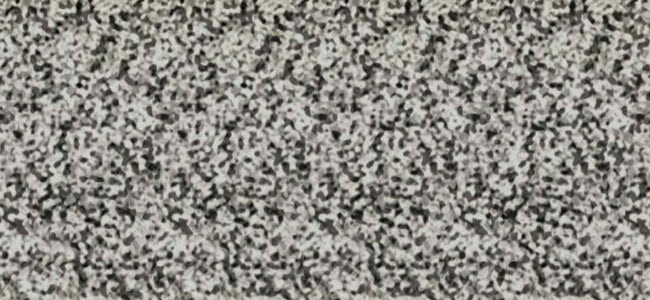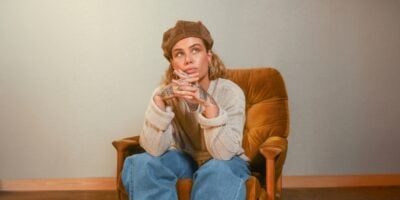Ready to relax your eyes and get nostalgic?
Whether you were the kind of kid that gloated over your ability to decipher the images from those Magic Eye books (or the kind that nearly burst your optic nerves straining to see something, anything), this video is sure to give you some 90s-era warm and fuzzies.
Introducing the world’s first Magic Eye music video, courtesy of Canadian indie three-piece Young Rival, who have revived the craze for their latest single, ‘Black Is Good’.
Technically known as a ‘random dot autostereogram’, the Magic Eye video takes the same concept – using increased depth of focus to decipher imagery from a seemingly random collection of visual static – but instead applies it to moving image, in this case footage of the trio rocking out, as Gizmodo reports.
An innovative little clip that sees Yougn Rival comfortably joining the ranks of some of the most innovative music videos of recent times (re: the world’s first 24-hour long music video, Bob Dylan’s channel-surfing clip, and awesome interactive clips from the UK, the Netherlands, and Japan).
Keep your eyes peeled for more than just the band playing though, there’s a few nostalgic visuals chucked in for good measure. Of course, seeing the Magic Eye images is still as tricky as it ever was.
Young Rival suggest streaming the video in fullscreen at 1080p (let it buffer…) for the best chance of seeing the optical illusion, and of course, “relax your eyes“.
Love Music?
Get your daily dose of metal, rock, indie, pop, and everything else in between.
The world’s first Magic Eye music video was made with the help of digital artist Tomasz Dysinki and director Jared Raab, whose previous credits include music videos for Canadian bands like Tokyo Police Club and Born Ruffians, as well as the tech inside the Kinect camera accessory for the Xbox 360 videogame console. The band explain:
“To make your own autostereogram, one must first create a thing called a “depth map” which is a 2D representation of 3D depth information. We collected real-time depth data of Young Rival performing the song using an X-Box Kinect hooked up to a computer. The computer was running software called RGBD toolkit, designed for capturing the depth information from the Kinect using its built-in infrared system.
Once we had our depth information, we unpacked it into image sequences and edited these sequences as if they were regular video. The only difference in the editing process was that depth was represented by luminosity… with much trial and error, we then ran the data through an algorithm which took each frame of depth information, converted it into a random dot stereogram image, and repacked it into the final video.
Lastly, there was one more colour pass at the end, and voila.”
Still can’t trick your eyes into watching the video? Don’t storm off in a huff just yet, the director has kindly provided a ‘Depth Map Version’ of the ‘Black Is Good’ video, so you can see what all those Magic Eye gloaters are enjoying without having to bleed your eyes into a retina-straining typhoon. Enjoy.


































